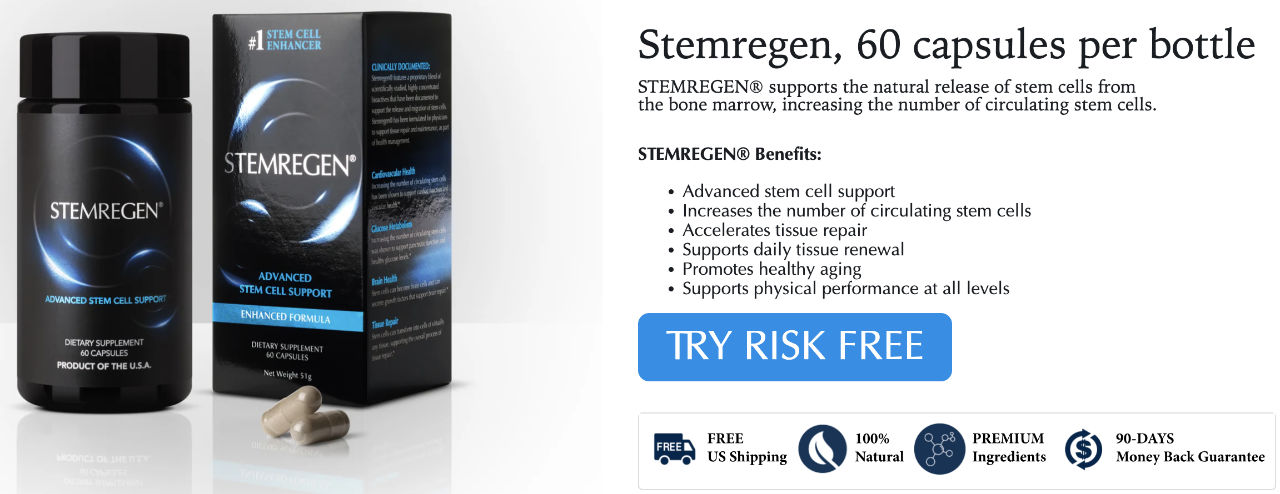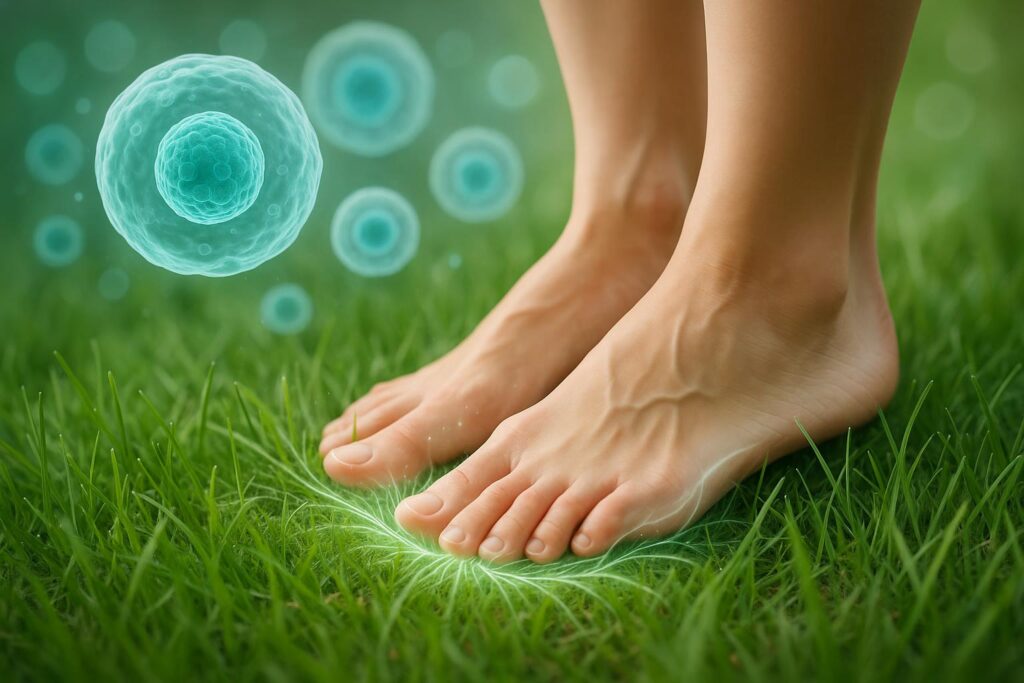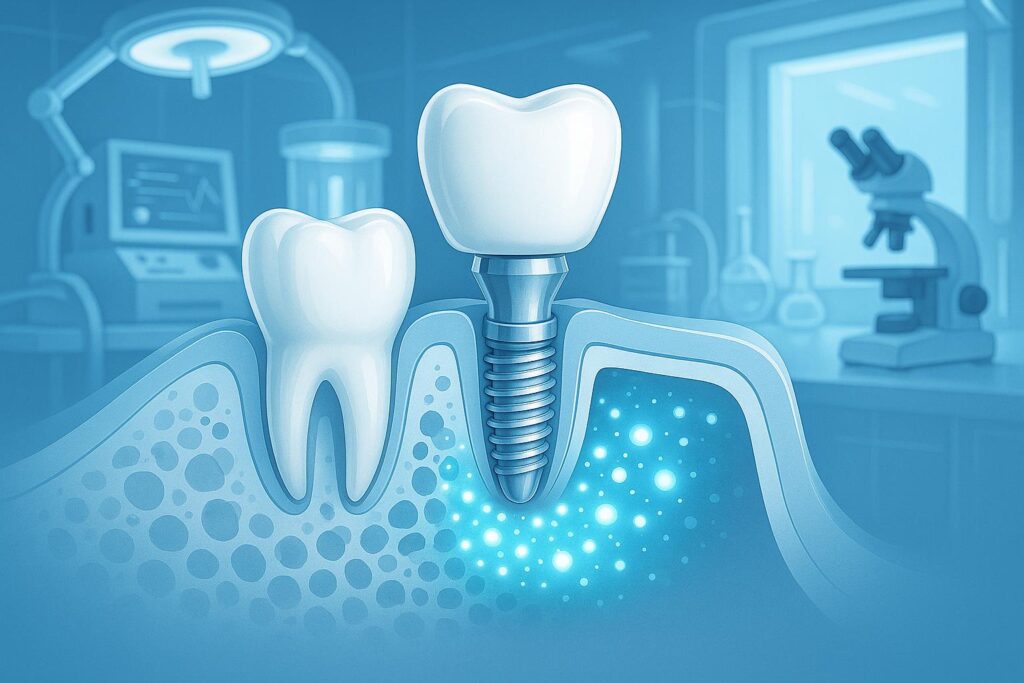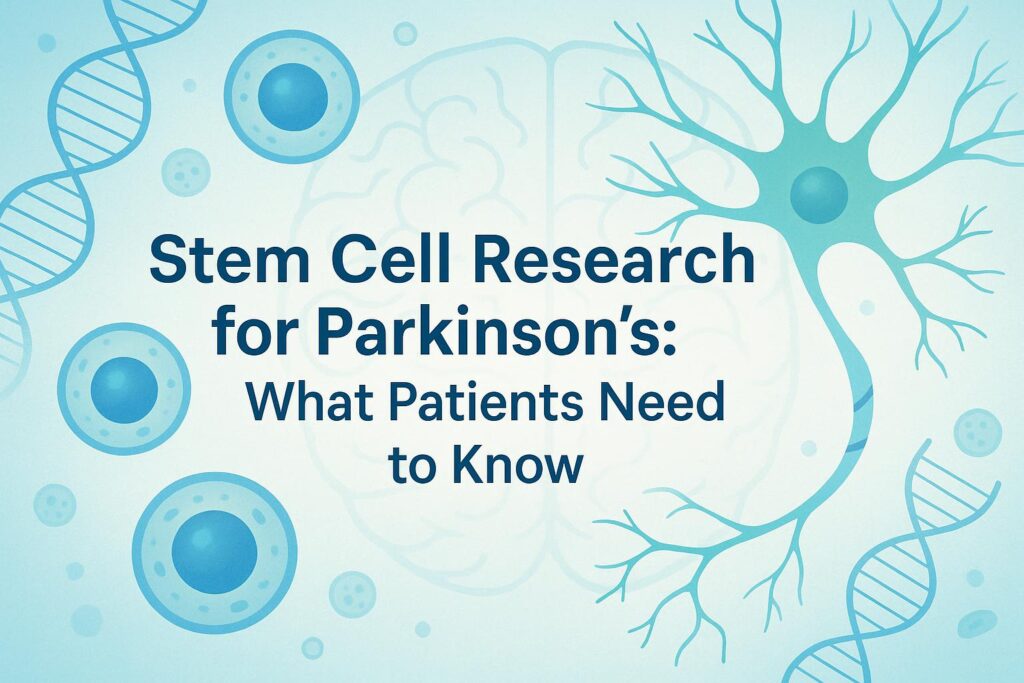Do your knees ache when you climb stairs? Does your back hurt after sitting too long? Are your shoulders stiff when you wake up in the morning?
If you’re over 35, you’ve probably noticed your joints don’t feel the same as they used to. What once felt effortless now comes with pain, stiffness, and reduced mobility.
This isn’t just “normal aging.” Joint deterioration accelerates due to specific factors that most people never address. The good news? Joint regeneration is possible through targeted interventions, including breakthrough stem cell therapies that can actually rebuild damaged cartilage.
This guide reveals why your joints hurt more now and provides specific, actionable solutions to restore pain-free movement.
The Joint Pain Epidemic: By the Numbers
Joint pain affects more people today than ever before:
| Age Group | Joint Pain Prevalence | Most Affected Joints |
|---|---|---|
| 25-34 | 15% | Lower back, knees |
| 35-44 | 28% | Knees, shoulders, back |
| 45-54 | 42% | Knees, hips, hands |
| 55-64 | 58% | Multiple joints |
| 65+ | 71% | Knees, hips, spine |
The shocking truth: Joint pain now starts 10-15 years earlier than previous generations.
Why Your Joints Hurt More Now: The 5 Hidden Causes
1. Cartilage Stem Cell Depletion
Cartilage doesn’t have blood supply, making it dependent on stem cells for repair. As you age, these specialized cells decline dramatically:
Cartilage Stem Cell Decline by Age:
- Age 20: 100% baseline
- Age 30: 75% remaining
- Age 40: 50% remaining
- Age 50: 25% remaining
- Age 60: 10% remaining
The result: Micro-damage accumulates faster than your body can repair it, leading to progressive joint deterioration.
2. Modern Lifestyle Factors
Today’s lifestyle creates perfect conditions for joint damage:
Sedentary Behavior
- Average sitting time: 9+ hours daily
- Reduces synovial fluid production
- Weakens supporting muscles
- Increases joint stiffness
Poor Movement Patterns
- Repetitive motions (typing, texting)
- Limited range of motion
- Muscle imbalances
- Compensatory movement patterns
Inflammatory Diet
- Processed foods increase inflammation
- Sugar damages cartilage proteins
- Omega-6 excess promotes joint inflammation
- Nutrient deficiencies impair repair
3. Hormonal Changes
Hormones directly affect joint health:
Estrogen Decline (Women)
- Protects cartilage from breakdown
- Maintains bone density
- Reduces inflammation
- Supports collagen production
Testosterone Decline (Men)
- Maintains muscle mass
- Supports bone strength
- Reduces inflammation
- Aids tissue repair
Growth Hormone Decline (Both)
- Essential for cartilage repair
- Stimulates stem cell activity
- Promotes tissue regeneration
- Declines 14% per decade after age 30
4. Chronic Inflammation
Low-grade inflammation destroys joints from the inside:
Inflammatory Markers in Joint Pain:
- C-reactive protein (CRP) elevated
- Interleukin-6 (IL-6) increased
- TNF-alpha elevated
- Matrix metalloproteinases activated
Common Inflammation Triggers:
- Stress (physical and emotional)
- Poor sleep quality
- Environmental toxins
- Food sensitivities
- Gut dysfunction
5. Nutrient Deficiencies
Modern food lacks nutrients essential for joint health:
| Nutrient | Function | Deficiency Rate |
|---|---|---|
| Vitamin D | Bone health, inflammation | 75% |
| Vitamin C | Collagen synthesis | 45% |
| Magnesium | Muscle function, inflammation | 68% |
| Omega-3s | Anti-inflammatory | 85% |
| Glucosamine | Cartilage building | 95% |
The Stem Cell Solution for Joint Regeneration
Stem cell therapy represents the most promising approach to joint regeneration. Unlike pain medications that mask symptoms, stem cells actually rebuild damaged tissue.
How Stem Cells Heal Joints
Mesenchymal stem cells (MSCs) are the key to joint repair:
Step 1: Migration
- Stem cells travel to damaged joint areas
- Attracted by inflammatory signals
- Cross into joint space and cartilage
Step 2: Differentiation
- Transform into cartilage cells (chondrocytes)
- Become bone cells (osteoblasts) when needed
- Form supportive tissue cells
Step 3: Regeneration
- Produce new cartilage matrix
- Rebuild damaged tissue
- Restore joint function
Step 4: Anti-Inflammation
- Release anti-inflammatory factors
- Reduce pain and swelling
- Promote healing environment
Types of Stem Cell Therapy for Joints
Autologous Stem Cell Therapy
- Uses your own stem cells
- Harvested from bone marrow or fat
- No rejection risk
- Cost: $3,000-8,000 per treatment
Allogeneic Stem Cell Therapy
- Uses donor stem cells
- Younger, more potent cells
- Umbilical cord or amniotic sources
- Cost: $5,000-15,000 per treatment
Platelet-Rich Plasma (PRP)
- Concentrates growth factors
- Stimulates natural stem cells
- Less invasive option
- Cost: $500-1,500 per treatment
Stem Cell Therapy Success Rates
Clinical outcomes for joint stem cell therapy:
| Condition | Success Rate | Pain Reduction | Function Improvement |
|---|---|---|---|
| Knee Osteoarthritis | 75-85% | 60-80% | 50-70% |
| Hip Osteoarthritis | 70-80% | 55-75% | 45-65% |
| Shoulder Injuries | 80-90% | 65-85% | 60-80% |
| Spine Conditions | 65-75% | 50-70% | 40-60% |
Natural Ways to Boost Joint Stem Cells
You can enhance your body’s natural stem cell production without expensive treatments:
Exercise for Stem Cell Activation
Specific exercises mobilize stem cells to joints:
Resistance Training
- Squats, deadlifts, lunges
- Progressive overload
- 3-4 times per week
- Stimulates bone marrow stem cell release
High-Intensity Intervals
- 30-second sprints
- 90-second recovery
- 6-8 rounds
- Increases growth hormone and stem cell mobilization
Yoga and Stretching
- Improves joint mobility
- Reduces inflammation
- Enhances circulation
- Promotes stem cell migration
Nutrition for Joint Stem Cells
Specific nutrients support stem cell function:
Stem Cell Supporting Foods:
- Blueberries: Anthocyanins protect stem cells
- Green tea: EGCG enhances stem cell survival
- Turmeric: Curcumin reduces inflammation
- Bone broth: Collagen and glycine for cartilage
- Fatty fish: Omega-3s reduce inflammation
Joint-Specific Supplements:
| Supplement | Dosage | Mechanism | Evidence Level |
|---|---|---|---|
| Glucosamine | 1,500mg | Cartilage building block | High |
| Chondroitin | 1,200mg | Cartilage structure | High |
| MSM | 2,000-3,000mg | Sulfur for cartilage | Medium |
| Hyaluronic Acid | 200mg | Joint lubrication | Medium |
| Collagen Peptides | 10-15g | Cartilage protein | High |
Lifestyle Factors for Joint Health
Simple changes can dramatically improve joint function:
Sleep Optimization
- 7-9 hours nightly
- Deep sleep phases crucial
- Growth hormone release
- Tissue repair and regeneration
Stress Management
- Chronic stress increases inflammation
- Cortisol damages cartilage
- Meditation reduces inflammatory markers
- 10-20 minutes daily practice
Heat and Cold Therapy
- Heat: Increases circulation, reduces stiffness
- Cold: Reduces inflammation, numbs pain
- Alternating therapy most effective
- 15-20 minutes each
The 30-Day Joint Restoration Protocol
Follow this protocol to reduce pain and improve mobility:
Week 1: Foundation Building
Days 1-7: Reduce Inflammation
- Eliminate inflammatory foods
- Start anti-inflammatory supplements
- Begin gentle movement
- Optimize sleep environment
Daily Checklist:
- [ ] No processed foods or sugar
- [ ] Turmeric and omega-3 supplements
- [ ] 20 minutes gentle movement
- [ ] 8 hours sleep
- [ ] 10 minutes meditation
Week 2: Movement Integration
Days 8-14: Activate Natural Repair
- Add resistance training
- Include joint mobility work
- Start heat/cold therapy
- Increase anti-inflammatory foods
Daily Checklist:
- [ ] 30 minutes resistance training (3x/week)
- [ ] 15 minutes joint mobility daily
- [ ] Heat/cold therapy (alternating)
- [ ] Bone broth or collagen supplement
- [ ] Stress management practice
Week 3: Stem Cell Activation
Days 15-21: Enhance Regeneration
- Add high-intensity intervals
- Include stem cell supporting foods
- Optimize supplement timing
- Track pain and mobility
Daily Checklist:
- [ ] HIIT training (2x/week)
- [ ] Blueberries and green tea daily
- [ ] Supplements with meals
- [ ] Pain scale tracking (1-10)
- [ ] Range of motion testing
Week 4: Integration and Assessment
Days 22-30: Optimize and Plan
- Fine-tune based on response
- Plan long-term strategy
- Consider advanced therapies
- Measure improvements
Daily Checklist:
- [ ] Continue effective protocols
- [ ] Adjust based on results
- [ ] Research stem cell options
- [ ] Plan maintenance strategy
- [ ] Celebrate improvements
Advanced Joint Restoration Options
For severe joint damage, consider these advanced therapies:
Regenerative Medicine Options
Stem Cell Injections
- Direct injection into joint space
- Guided by ultrasound or fluoroscopy
- Multiple sessions may be needed
- 3-6 month recovery period
PRP Therapy
- Less invasive than stem cells
- Can be repeated more frequently
- Good for mild to moderate damage
- Faster recovery time
Prolotherapy
- Stimulates natural healing
- Strengthens ligaments and tendons
- Multiple sessions required
- Lower cost option
Surgical Interventions
When conservative treatment fails:
| Procedure | Best For | Recovery Time | Success Rate |
|---|---|---|---|
| Arthroscopy | Meniscus tears, loose bodies | 2-6 weeks | 85-95% |
| Cartilage Transplant | Localized cartilage damage | 3-6 months | 75-85% |
| Joint Replacement | Severe arthritis | 3-12 months | 90-95% |
| Stem Cell Surgery | Cartilage regeneration | 6-12 months | 70-80% |
Measuring Your Progress
Track these metrics to monitor joint health improvement:
Pain Assessment (Daily)
- Morning stiffness duration
- Pain levels during activity (1-10 scale)
- Pain medication usage
- Sleep quality affected by pain
Function Assessment (Weekly)
- Range of motion measurements
- Stairs climbed without pain
- Walking distance before discomfort
- Activities of daily living ease
Biomarker Assessment (Monthly)
- Inflammatory markers (CRP, ESR)
- Vitamin D levels
- Omega-3 index
- Complete blood count
Prevention: Keeping Joints Healthy Long-Term
Joint health maintenance requires consistent habits:
Daily Habits:
- Move every 30 minutes if sedentary
- Maintain healthy weight
- Stay hydrated (half body weight in ounces)
- Practice good posture
Weekly Habits:
- Strength training 2-3 times
- Flexibility work 3-4 times
- Low-impact cardio 3-5 times
- Stress management activities
Monthly Habits:
- Assess movement patterns
- Adjust exercise routine
- Review supplement effectiveness
- Consider professional assessment
The Bottom Line
Joint pain is not an inevitable part of aging. The increase in joint problems today results from specific factors: stem cell depletion, lifestyle changes, hormonal shifts, chronic inflammation, and nutrient deficiencies.
The solution involves addressing root causes, not just symptoms. Stem cell therapy offers the most promising approach for actual joint regeneration, but natural methods can significantly improve joint health and function.
Start with the 30-day protocol to reduce inflammation and activate natural repair mechanisms. For severe damage, consider advanced regenerative therapies.
Your joints can feel better than they have in years. The key is taking action before damage becomes irreversible.
Pain-free movement is possible at any age. The question is: Will you take the steps necessary to achieve it?
This article provides educational information about joint health and stem cell therapy. Always consult qualified healthcare providers before starting new treatments, especially for chronic joint conditions. Individual results may vary.



